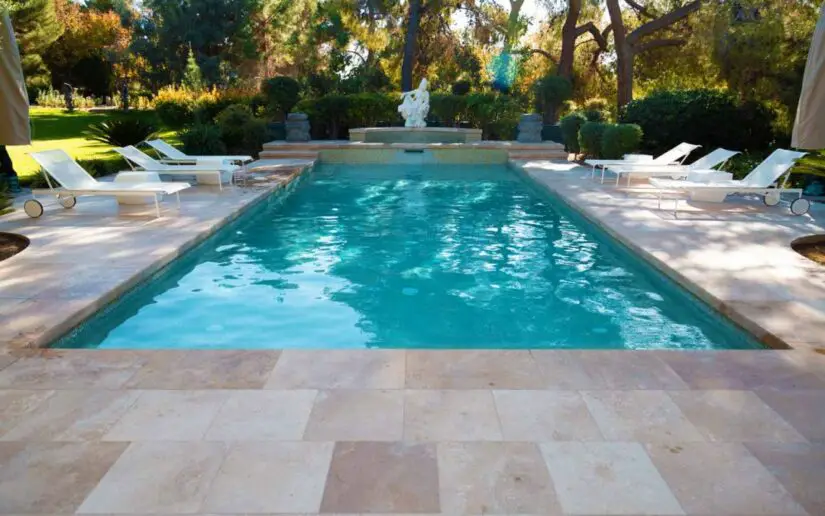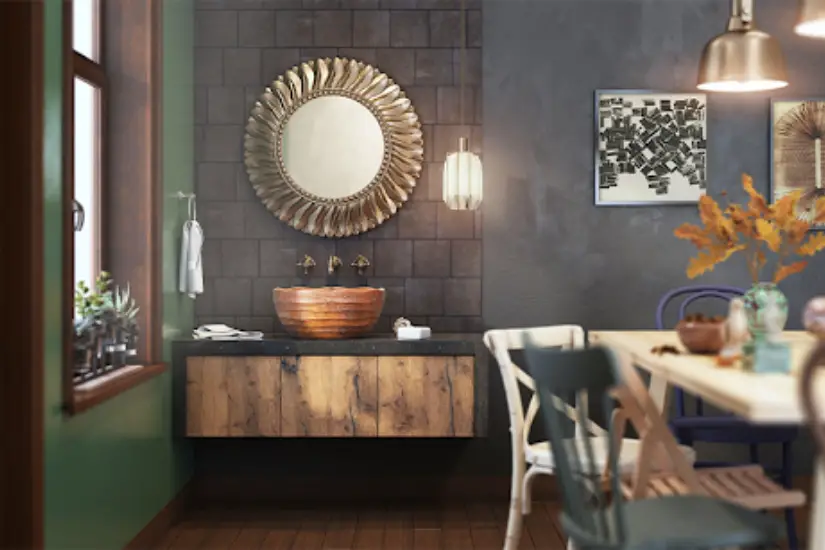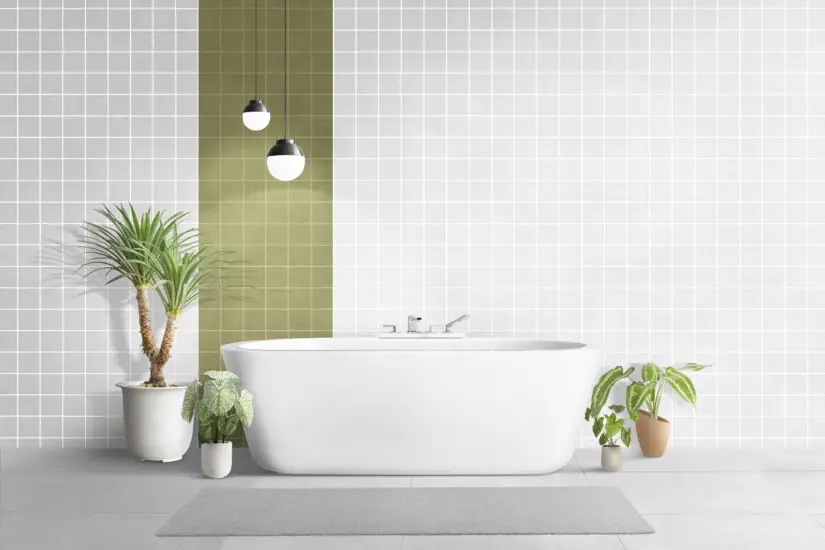Unfortunately, stain and scale formation isn’t too uncommon in swimming pools. Although you can prevent both through proper pool maintenance, stains and scales sometimes develop out of nowhere.
You must act swiftly to remove the scales and stain. Otherwise, you may have to make much more expensive repairs in a few weeks.
The good news is that it’s not too difficult to remove pool stains and scales. The following is a simple guide on stain and scale control for pools to help you avoid these two issues.
What Causes Pool Stains and Scales?
Pool stains and scales can occur for many different reasons. However, the two often happen due to pool water balance and insufficient cleaning practices.
Causes of scaling
The main cause of scaling in swimming pools is imbalanced water. Imbalance is often the result of high total hardness, high pH, or high total alkalinity. Water hardness is caused by too many minerals, especially metals in water. Metals in pool water can come from the water source (especially if you use well or tap water) or rusting metal accessories in the pool, such as ladders.
Causes of staining
Staining is also caused by excess minerals in pool water and the corrosion of copper pool equipment, such as plumbing and heaters. However, it may also result from chlorine oxidization or pH-altering products.
Pool Stain and Scale Identification
There are different types of pool scales and stains. Identifying the specific problem can help you address the underlying problem more conclusively.
Identifying pool scales
There are two main types of swimming pool scaling – calcium silicate and calcium carbonate. Calcium silicate scaling occurs when calcium in the pool mixes with sand, such as from new pool plaster, creating sharp nodules and crystals that deposit on the pool’s surface.
Meanwhile, calcium carbonate scaling results from the reaction between calcium and other salts in the pool, forming a fine sheet or film of deposits or residue. It often occurs in pools with a high pH and typically starts behind the tile or raised wall and leeches out as efflorescence.
Identifying pool stains
There are at least five different types of pool stains. Green/brown stains are caused by leaves, grass clippings, and other organic plant materials in the water. Red or blue stains also result from plant matter, but usually from blue, red, or purple berries. However, blue-green stains typically result from copper in the water, reddish-brown (rust-like) stains result from iron in the pool, and dark-purple stains result from manganese. Most of these metals occur naturally in tap and well water and can cause stains when they react with pool chemicals.
Removing Pool Stains and Scales
Methods for stain and scale control for pools depend on the type of stain or scaling. Generally, it’s easiest to remove stains caused by organic contaminants. All you need to do is shock the pool. Then, use granular chlorine and a pool brush to scrub stubborn stains. Meanwhile, you can remove most metallic stains using ascorbic powder, such as Leslie’s Stain Remover.
Unfortunately, calcium stains are a little difficult to remove. We recommend one of the following methods to remove calcium stains;
- Pumice stone: Pumice stone is a natural volcanic stone used on concrete or tile surfaces to rub away stains. The only downside is that it wears out quickly.
- Stain erasers: Stain erasers comprise abrasives that easily remove calcium stains, including vinyl and fiberglass pools.It erases the stains while you scrub.
- Descale the pool: Finally, you can descale the pool using a bio-friendly pool stain remover. Spray the stain remover directly on the affected areas to remove it.
How to Prevent Pool Staining and Scaling
Finally, an even better method for stain and scale control for pools is to prevent staining and scaling altogether. The following 3-step program can help you keep away organic, metal, and calcium stains and scaling.
- Keep your pool clean at all times: You want to protect your pool from organic waste especially. By practicing proper pool hygiene, you can protect your pool from biomatter, including algae and coagulates.
- Keep the pool water balanced at all times: An imbalanced pool is a common cause for metallic and calcium scaling and staining. So, do two things. First, ensure a consistent chlorine level of 2-3 parts per million at all times. Secondly, keep your pool balanced by adding increasers or decreasing chemicals accordingly.
- Ensure proper maintenance: Finally, you should also adopt a thorough maintenance schedule to maintain a residual level and keep calcium and other metals locked in solution. Replenishing pool chemicals, especially when it’s very hot outside.
Summary
In the end, stain and scale control for pools comes down to proper hygiene and maintenance. Keep organic matter out of the pool to your best ability and adopt a strict maintenance schedule to remove or prevent staining and scaling in the first place.






